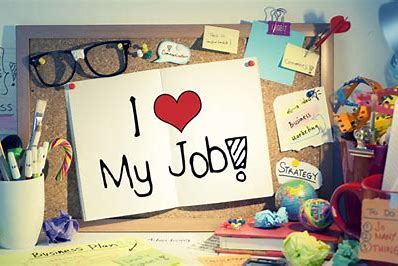
Fact: you won’t always love your job.
Fact: every job has parts you won’t love.
Fact: your boss has had jobs they haven’t loved either.
There are a thousand reasons why you might not love your current job.
It may have changed significantly since you took it on.
You may have taken it as a stepping stone to the kind of job you really want.
You may have accepted an opportunity cost – perhaps a less interesting job for more flexibility.
Let’s just say, for whatever reason, you’re not in your dream job right now.
Fact: you can still be happy.
Here are five ways to be happier in a job you don’t love.
Oliver Burkeman, author of The Antidote: Happiness for People Who Can’t Stand Positive Thinking and Help! How to Become Slightly Happier and Get a Bit More Done, says the first step is to be clear on why your job matters to you.
You might enjoy helping your colleagues solve problems, or you’re simply there to support your family. Remind yourself of this greater purpose.
- Find a skill you can develop
It can feel amazing to find something you’re good at. Even if it’s not your “life’s purpose”, look for a skill you can develop. It could be professional or personal. Want to nail being able to do a presentation in front of a group of people? Maybe there’s a local Toastmasters group you can join, or ask if you can start one at work. Always wished you were a whiz at Excel? Look for chances to put up your hand for opportunities beyond your day-to-day job.
- Make it bearable for others
Seek out ways to connect with people and brighten their day. It’s scientifically proven that an act of kindness makes you feel better too.
Make it a mini-challenge every day to do something kind for someone, or have an in-depth conversation and really get to know a colleague.
It’s so easy to only focus on the negative. Especially if your colleagues are also unhappy with their job, it can be tempting to wallow in misery.
Start making a list of tiny things you’re grateful for about your day. It could even be how easy the commute was this morning, or the new biscuits in the kitchen.

Set yourself a definable goal each day, and congratulate
yourself when you do it. No need to wait for your boss or colleagues to give
you positive feedback; you can do it yourself. It doesn’t have to be big. The
goal could be doing that project plan, or sending that email you’ve been
putting off. No one needs to know – unless you want to encourage others to do the
same!